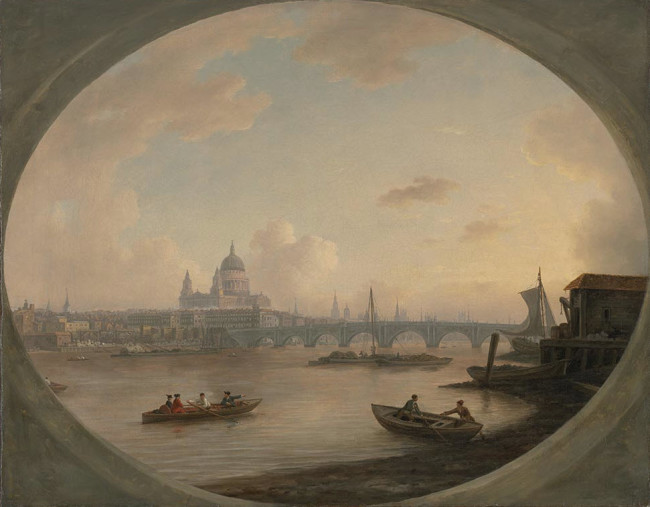The setting for the story in Fagin’s Boy is pretty tight, moving from Chelsea in the east to the Three Cripples in the West, with Soho and the haberdashery in between, so I thought I’d include the rest of the locations I picked out.
Mr. Brownlow’s townhouse, I determined, was located in close proximity to Thomas Carlyle’s house. This is because the area is very nice, and gentrified. Also, I visited Carlyle’s house during that same trip to London in 2013, and fell in love with it.
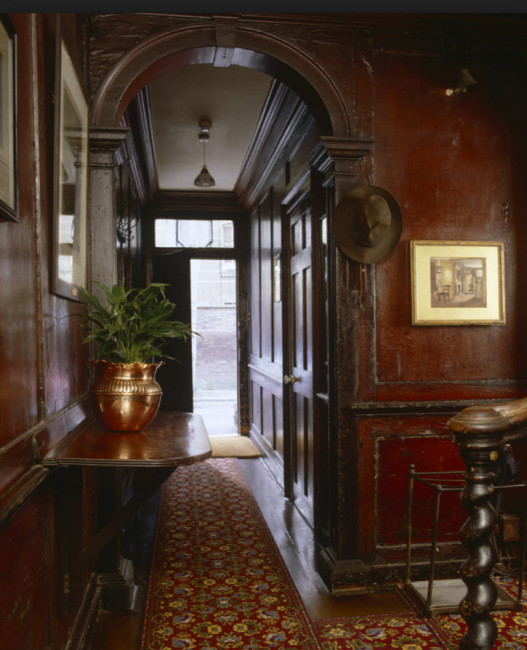
It’s described as a Georgian terraced house, which is exactly what Mr. Brownlow would have owned.
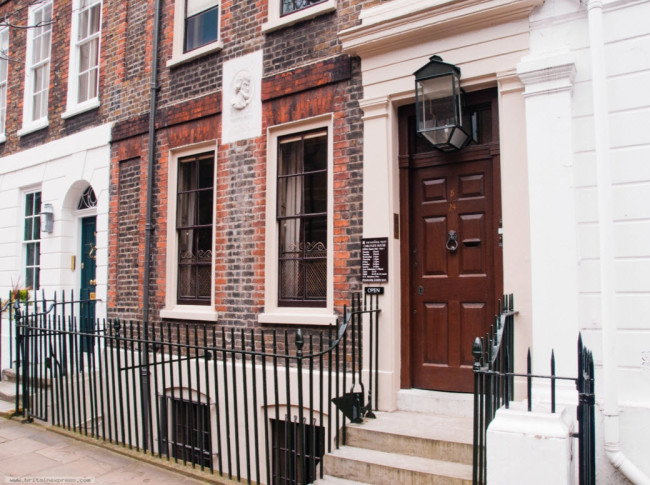
Luckily there are lots of photos for it, so you can get a good idea what Mr. Brownlow’s house might look like. I never did determined the actual address for the townhouse, but perhaps it is next door to the Carlyle’s residence.
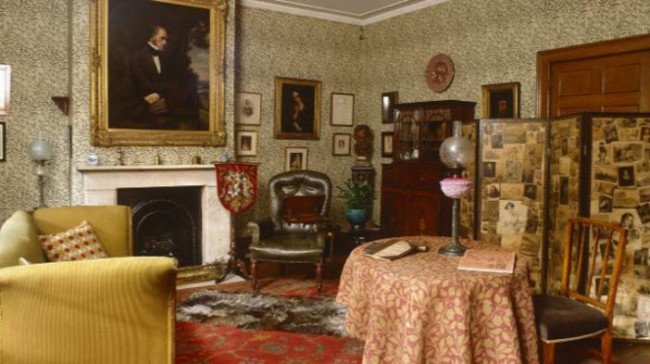
Sadly, John Snow’s 1846 map does not extend as far as Chelsea, but luckily Google was on hand to help out.
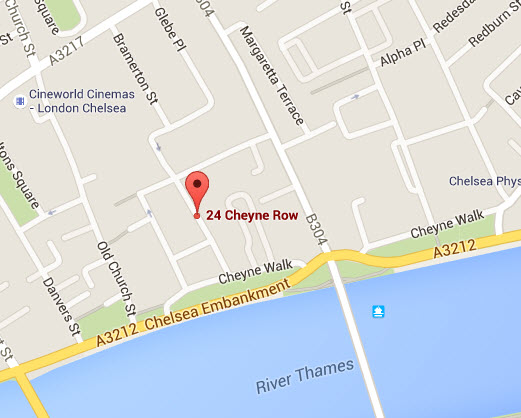
Next up is St. James’ workhouse, where Oliver and Mr. McCready go to obtain a likely boy to help out in the shop doing the dirty work, such as hauling coal, and cleaning out stoves.
The St. James workhouse is located on Poland street, just a stone’s throw from the haberdashery. Due to it being on Poland street, it is sometimes referred to as the Poland Street workhouse. Either way, it was a nasty, grim place, as most workhouses were.
The following image shows the inside of the women’s day room; it doesn’t look too bad, but I’m sure the painting was gussied up so as not to offend.

Here’s two maps showing the location of the workhouse.
The first is from John Snow’s 1846 map; it looks pretty vague.
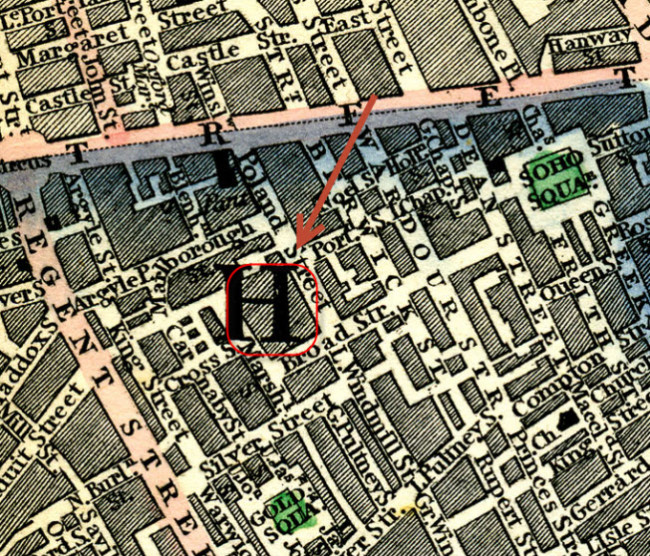
This second image is a little more specific and dates from 1859, or 1862, depending on whether you credit the link or the actual post with the correct date.
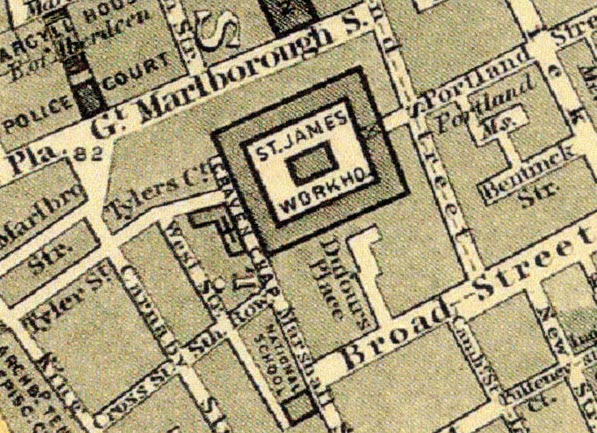
Lastly, is Blackfriar’s Bridge, which is just south of the Three Cripples. It’s not a location where anybody lives in the Oliver & Jack series, but it is the spot (on the north end of the bridge) where the boys decide to leave London together.
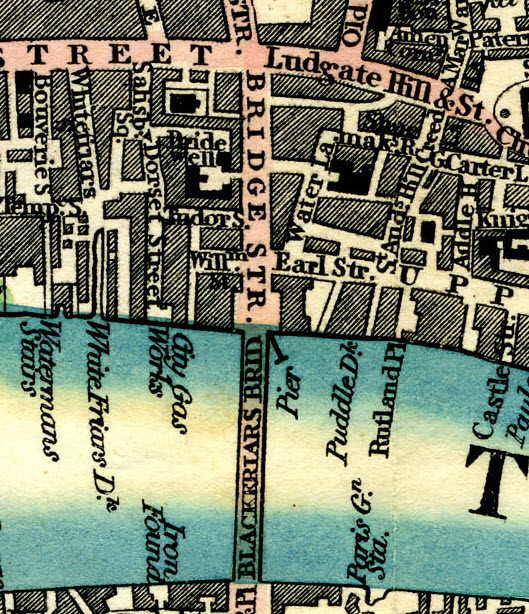
Besides, there are so many beautiful paintings of it.
Here’s one by William Marlow.
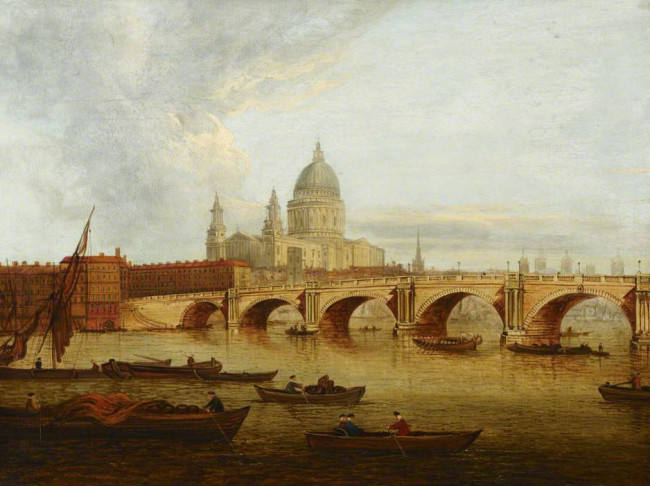
And here’s one by R. Paul.
